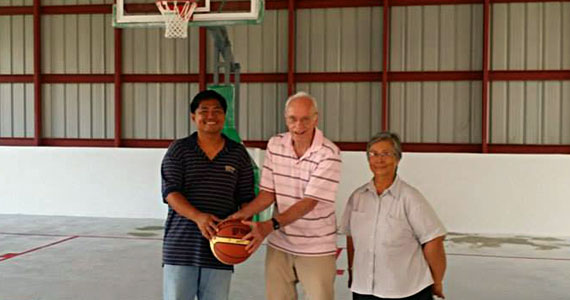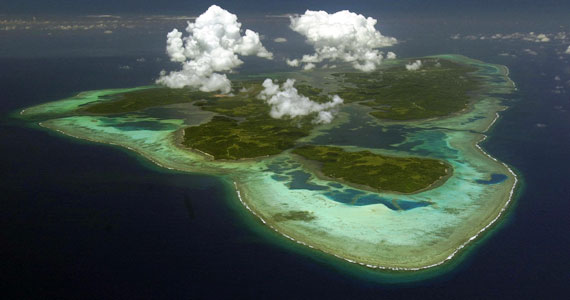You Can Never Go Home…Or Can You?
You can never really go home, they say. If what they mean is that the landscape is forever changing, that is certainly true on Pohnpei. When I stopped off there for a few days after completing my work for the tourism study in Palau to follow up on some business matters, the place had indeed changed. The track at PICS was newly repaired, the tennis courts were in better shape than they had been in years, and the swimming pool was renovated?-all in preparation for the Micronesian Games held this past summer. Our Lady of Mercy High School now had a large gymnasium, courtesy of the Japanese government. On the other hand, there were new potholes in the road to Palikir and the Village Hotel, once a proud landmark on the island, was long closed. Some old friends had moved on, and a whole new sea of faces appeared at the local basketball court.
Yet, it certainly felt like a homecoming for me…when I walked into the government offices in Palikir and was greeted like Lazarus emerging from the tomb, or when I entered the Bank of Guam and found myself working the line of customers like an old politician. ?The warmth of paradise? was the old Air Mike motto, and I felt it immediately. Nothing to do with the sea breezes or the sunshine or any of that. It was the feeling that people communicate so well?-that you?re one of us (in your own strange way, of course) and we?re happy to see you again. That ?warmth? must be why volunteers, Peace Corps and others, find it so difficult to shake the sand from their zoris and try to take their leave of the place. Since returning to New York, I’ve told people that I received more hugs in my first three days on island than during the last two years. But it was more than the warm welcome that touched me. It was the sense that my own life had been nourished by so many others there. Who wouldn’t be moved?
I could run on and on about the wonderful dinners and breakfasts with friends. We even restored the venerable tradition of holding parties on the porch of what used to be the Jesuit house. The parties were not as big as the ones I remember from years past, but full of good cheer nonetheless. The parties, like the Sunday masses I celebrated, are opportunities to recall and tighten relationships between members of what is supposed to be a community. They were that to us again on Pohnpei.
The visits to government offices in Palikir were dream-time experiences (but I mean that in the best sense of the expression). Why not update the suicide data we collected in the old MicSem days and publish a report on what changes have occurred over a 50-year period? How about doing a follow-up on the mentally ill that we identified 25 years ago to find out how the course of their illness has progressed over time? How about tracking the ups and downs of elementary schools over the years to create an education map that could help communities chart a course for the improvement of their schools? Why not try to do a set of videos describing what we know about the early settlement of the islands and the ways in which islanders interacted with one another?
Talk about dreaming dreams and seeing visions! But that?s the way the whole visit went: reconnecting with the past while considering the possibilities for future engagement. Who says you can never go home again?






